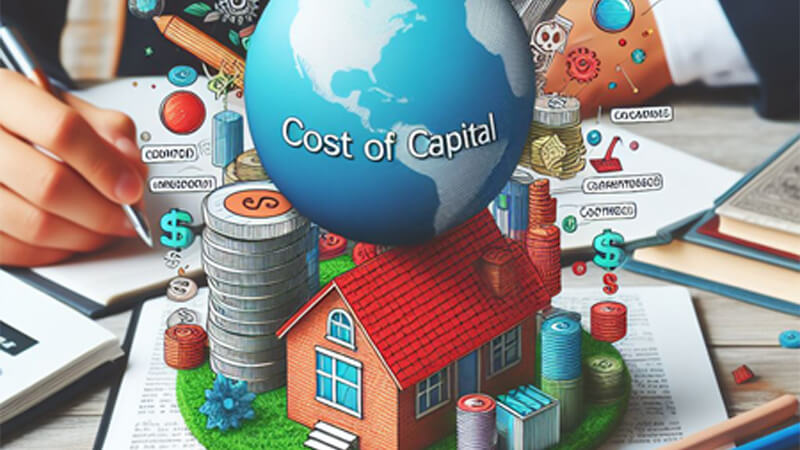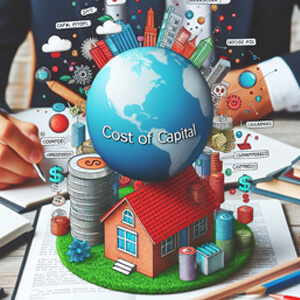What’s Cost of Capital?
The cost of capital refers to the required amount of return which a company expects in order to accommodate the upcoming capital budgeting project. It includes building new and improved factories and industries as per the funds availability in the organization.

In the accountancy world, the cost of capital is taken as the combination of cost of debt and equity to move about with future projects in full swing.
There is a reason behind using these business aspects, since companies use preferred equity followed up with debt to invest in the new projects, similarly, the cost of capital is used in building new and improved business setups.
Even though, it seems simple and plain to benefit our future projects, we must analyze the capital structure of our company or it may go drastically down without the required equity in the reserves.
What’s Capital Structure?
It is considered as the mixture of various accountancy components such as, ‘long-term debts’, ‘short-term debts’ along with ‘preferred and common equity’ amount. It gives an idea about how the company is going to finance its operations that are functional by using numerous methods to invest funds.
Factors Influencing The Cost of Capital:
- The Capital Structure Policy
The capital structure policy is based upon the evaluation of debts, as they increase the cost of debts and equity, which increases the cost of equity while we finance the upcoming projects in the company.
- Dividend Policy
The dividend policy impacts the capital structure by increasing the pay-out ratio and decreasing the internally generated as well as newly issued equity accordingly. It is essential to change the breakpoint of the marginal cost of capital and that’s what the dividend policy does.

